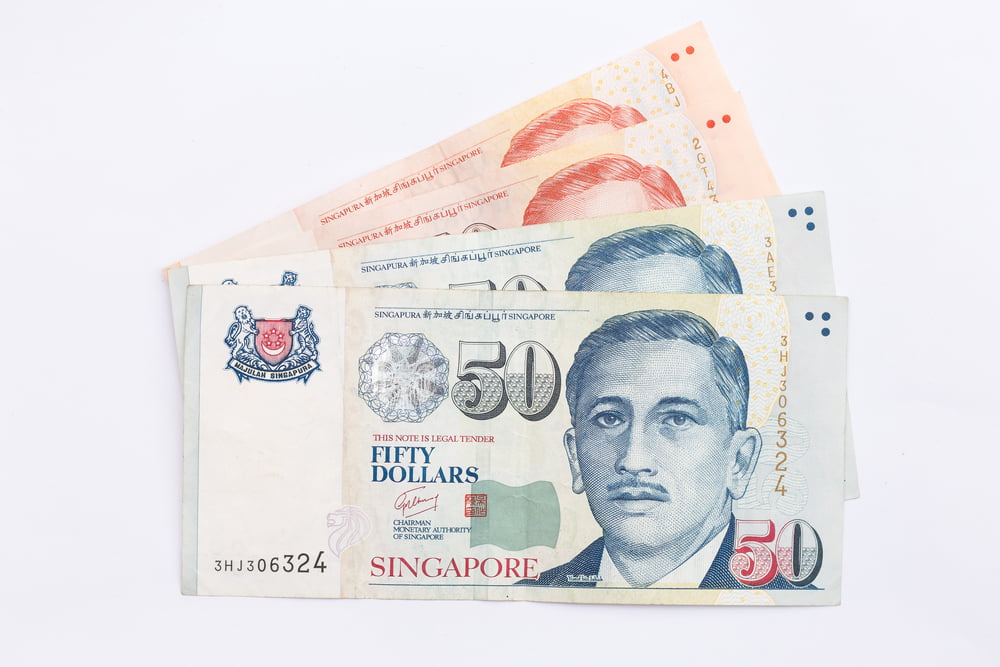Multiple governments are showing an interest in tokenizing their national currencies. We have seen discussions like these take place in Singapore, the US, the UK, and a few other countries as well. Most recently, the Singaporean government has been experimenting with a tokenized SGD. This project is known as Project Ubin, and it seems the trial is currently in its third phase. It’s a positive turn of events, although it remains to be seen if this currency will ever be brought into circulation.
Project Ubin is Progressing Nicely
Creating a tokenized version of an existing national currency will not be all that easy. It will require a brand-new distributed ledger to issue and control the supply of this new currency. After all, it is evident a digital version of the Singaporean dollar will need to adhere to some very specific requirements. As such, the country’s government has been experimenting with DLT technology and Project Ubin, a venture dedicated to creating a tokenized Singaporean dollar.
This particular project has gone through several iterations already. During the first two stages, it seems a lot of progress was made to build out this DLT infrastructure. While it remains to be seen how blockchain will affect the financial sector as a whole, Singapore’s government seems rather impressed with the usefulness of this technology with respect to organizations replacing banks or central banks. That being said, it’s unlikely that central banks will disappear altogether.
The Monetary Authority of Singapore and a consortium of various banks have been working on this private blockchain venture since November of 2016. Transferring money between the participants seems to be working just fine so far, but it is something entirely different to bring this technology to consumers throughout the country. It is good to hear that the preliminary results of both initial testing phases were positive enough to warrant entering the next stage.
The MAS’s chief fintech officer, Sopnendu Mohanty, noted:
Intermediary expenses are one of the most significant expenses or cost inefficiencies of the financial sector. We see a remarkable opportunity in DLT, and want to take advantage of this technology to distribute risk by changing to a decentralised way of doing all the checks on the data required to render financial services. The first thing we checked was if we could replicate our existing financial payment system on this new platform. Secondly, we wanted to know if we could create a system that would work without a centralised clearing system. In both cases, we could do it.
For now, the goal is still to issue the tokenized Singaporean dollar on an Ethereum-based private ledger. Participating banks could use these tokens to conduct transactions amongst themselves. This seems to indicate that the testing phase will not focus on consumers and retailers as of right now, although that is not entirely surprising. It is evident that Project Ubin is mainly designed to benefit banks and financial service providers, rather than the general public. That is not necessarily a bad thing, mind you.
There is still a lot of work to be done before Project Ubin is production-ready. For one thing, there will need to be additional checks to address AML and other fraud concerns associated with this tokenized currency. Moving money between different jurisdictions is still a pretty troublesome venture, but that is why a partnership with the Bank of Canada was recently forged. As such, the government hopes to fully grasp the potential of distributed ledger technology.

